DeltaHawk’s DHK180 engine has received its FAA certification. Yes, that’s the same inverted-vee, four-cylinder, two-stroke Jet A-burning diesel we’ve heard about for years. And, no, there aren’t public plans for a kit manufacturer to take on an original-equipment (OE) project, even though the DH has flown in a Velocity (and a Cirrus SR20).
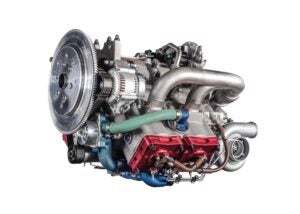
Depending on where you land on the believer-to-cynic scale, the DeltaHawk’s certification represents an important inflection point or a juicy nothingburger. You can’t deny that for an international market an engine that either burns readily available autogas or Jet A is attractive.
According to DeltaHawk, the 180-hp engine weighs 357 pounds dry—around 90 more than a 180-hp, parallel-valve Lycoming—but that includes the turbocharger, supercharger and cooling system (just not the fluids). DeltaHawk says the DHK180 is the first of a series based on this platform and that the target price for the engine is $60,000. The last time I looked, an Experimental-class IO-390 was $52K to $55K. A 180-hp IO-360-M1B was $43K to $48K. DeltaHawk would have to close the gap on weight—a huge challenge with a diesel—to slot in where the 360 lives now. It would also be closer in weight to the 390, which tips the scales at about 315 pounds dry, but it’s 30 hp shy.
While DeltaHawk no doubt has feelers out for OE involvement, for now the company is planning generic tractor and pusher mounts. It seems likely that the DeltaHawk could have an efficiency advantage over conventional, pilot-controlled gas engines, but it’ll have to be significant to offset the current cost of Jet A, which is only half a buck per gallon cheaper than 100LL nationwide.
Continental’s Diesel
For some, like Thom Williams, low fuel consumption, extended range and ease of use are the important considerations. Recently, I got to fly with Thom in his just-completed Glasair Sportsman with the Continental CD-155. This is based on the same FWF package developed by Glasair Aviation in the early 2010s and that we flew in 2014. Today, the CD-155 setup, which includes the special cowling, engine mount and MT three-blade constant-speed propeller, costs $110K. Thanks to increased prices on Lycoming engines and other factors, an equivalent package for the IO-390 is only $14,750 less expensive, making the upcharge for the CD-155 gentler than it used to be.
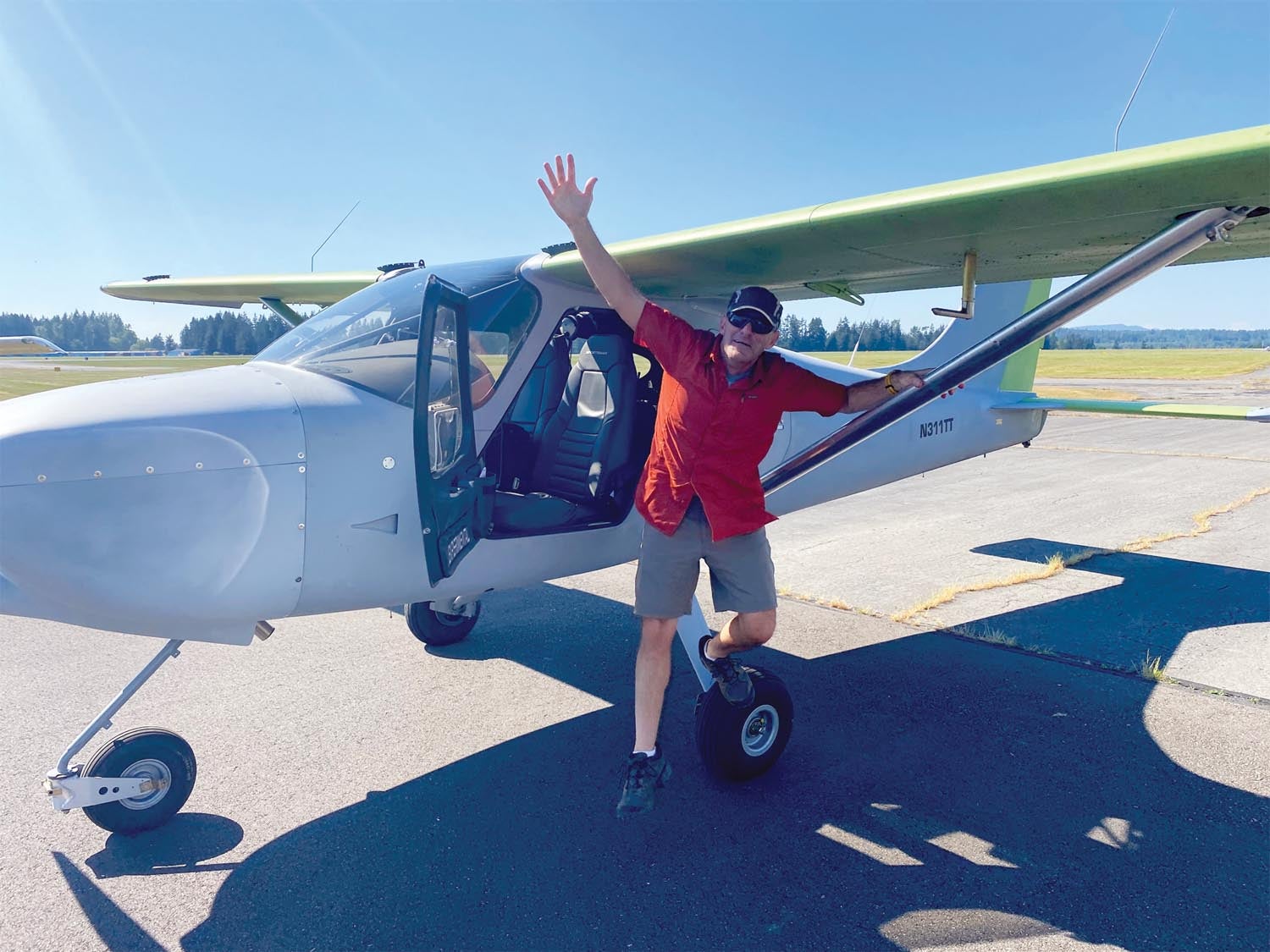
The CD-155 is based on a Mercedes-Benz four-cylinder engine displacing 122 cubic inches with full FADEC, turbocharging, factory-designed intercooler and an integral 0.58:1 gear reduction drive. The engine spins 3980 rpm for takeoff while the prop is lounging around at 2300 rpm, which, along with the muffling effect of the turbocharger, makes the CD-155 a very quiet installation.
Williams graciously allowed me the left seat for our brief flight together. Before I get into that, a few caveats. His Sportsman is still in primer, has a few minor rigging tweaks planned and lacks meaningful aero cleanup—no wheel pants or nose gear leg fairing.
Lighting off the CD-155 is only a little more complicated than starting a car. Flick a couple of switches, check that the power control—a T-shaped handle in the center of the instrument panel—is fully retarded and push the Start button. The engine cranks willingly and comes to life in maybe six to eight blades. Note that this was a warm start, so we didn’t have to wait for the glow plugs to finish their job.
With the empty weight of this Sportsman at 1515 pounds, plus us and less than half-full main tanks, we were just under 1950 pounds for takeoff, well under the 2500-pound max weight. On takeoff, advance the “throttle” and the diesel Sportsman acts just like you’d expect with 152 hp, though that deficit to the bigger engines used is partly offset with the initial acceleration of the three-blade prop. It takes a bit longer on the runway and climbs at 700–800 fpm initially.
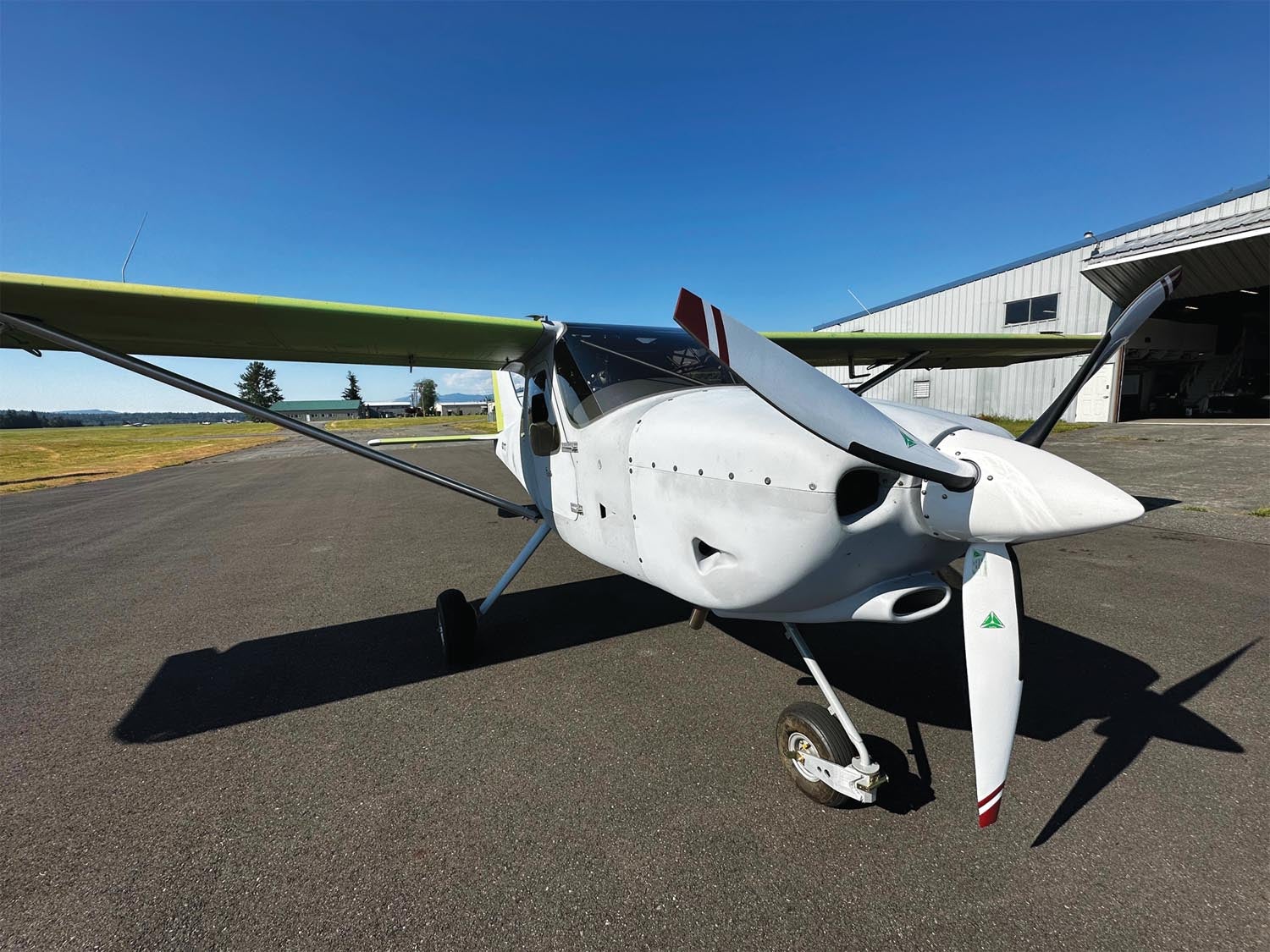
We left in full power, with the prop spinning 2300 rpm and 8.8 gph of Jet A going through the pipe. Continental’s engine instrumentation consists of two 31/8-inch electronic gauges with LED bar graphs—we never got beyond the top of the green for coolant temp during the climb to 5500 feet msl. There’s nothing for the pilot to do but keep one eye on the gauges and one outside. Pulled back to 75% power, the engine’s thirst was just 6.3 gph. Thom’s airplane is not yet representative in terms of cruise performance, but the diesel Sportsman we flew in 2014 posted 133 knots true at 85% power and 7.3 gph, so it’s reasonable to expect this Sportsman to be in the high 120s at 75% and these lower altitudes. Taken higher, the Sportsman will go faster since the turbo maintains power.
My big takeaways are these: First, the airplane performs as expected for the power down low. We didn’t go high, which is where the turbo-diesel is expected to gain an advantage. Second, the engine is extremely well mannered. Response to the throttle lever is intuitive and smooth, with no need for any accommodation on my part. Williams is, so far, extremely happy with the Sportsman/CD-155 combo. Now that he’s out of Phase I, it’s time for paint and final tweaking before turning it into a useful, long-range family hauler.
Vic Travels in Time
If you’re a member of EAA and read Sport Aviation, you might wonder why Vic Syracuse is still talking about building his Hummingbird in our magazine yet discussing flying it over there. Simple, really. We want to provide a detailed look at the build, and that takes time.
Regarding Records
In our July 2023 issue we stumbled over our own wheel chock in the story about Jeff LaVelle and his Reno-winning Glasair lll. In a table on Page 14 we correctly listed Darryl Greenamyer’s four Sport and five Unlimited championships, but credited Jon Sharp with just his four Sport championships, egregiously overlooking his unprecedented 11 Formula 1 wins. Sharp’s combined 15 Gold wins is the all-time Reno record.
Photos: Omar Filipovic, Marc Cook and courtesy of DeltaHawk.






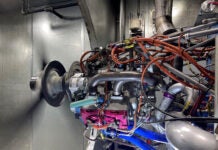
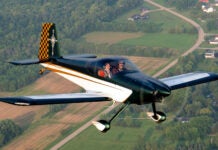

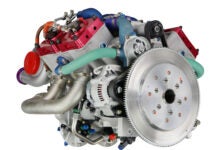




The DeltaHawk is “30 hp shy” of the IO390 at sea level, but they both produce 180 hp at 5000 ft. Above 5000 ft the DeltaHawk has more hp than the IO390. Since performance above 5000 ft is more important to me I’ll take the DeltaHawk if they would make a 6 cylinder version for my RV10.
One thing missed here is the difference in Jet-A1 and Avgas outside the US. In the UK Jet-A1 is literally half the price of Avgas. Currently that would put Jet-A1 $5.90 cheaper per USG than Avgas. So for my kit plane I’m looking for a Jet-A1 burning engine and I don’t really care if it burns 10% more fuel its still much cheaper to run!
Fair point!